After finishing is to give the fabric to color effect, form effect (complete clean, suede, brace, etc.) and the actual effect (impermeable, not felt shrinkage, non-iron, not moth-eaten, flame resistance, etc.) of the technical treatment, fabric after finishing is through the main chemical or physical method to improve the appearance and feel of the fabric, enhance the taking performance or give the very function of the process, is the fabric products "icing on the cake "finishing process.
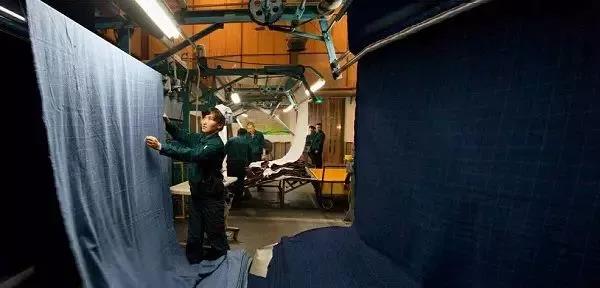
After the finishing method can be divided into physical / mechanical finishing and chemical finishing two categories, according to the purpose of the finishing and the effect of different, can be divided into the basic finishing, appearance finishing and functional finishing.
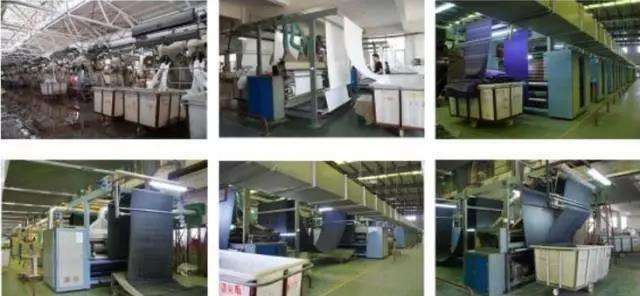
After the purpose of finishing
1. so that the effective width of the fabric products neat and uniform, size and shape stability. Such as fixed (stretching), mechanical or chemical shrinkage, anti-wrinkle and heat setting, etc.
2. To enhance the appearance of fabric products: including improving the finish and whiteness of fabric products, enhancing or weakening the surface fluff of fabric products. Such as whitening, rolling finish, electric finish, Yavin, grinding, shearing and shrinking, etc.
3. Improve the feel of fabric products: mainly adopt chemical or mechanical methods to make fabric products obtain comprehensive touch feeling such as soft, smooth, full, stiff, light or thick. Such as soft, stiff, weight gain, etc.
4. Improve the durable performance of fabric products: mainly adopt chemical methods to prevent the damage or erosion of the fibers from the sun, the atmosphere or microorganisms, etc., to extend the service life of fabric products. Such as anti-moth, anti-mildew finishing, etc.
5. Give fabric products very performance: including making fabrics with some kind of protective performance or other special functions. Such as fire prevention, anti-bacteria, water repellency, oil repellency, finish shading and anti-static etc.
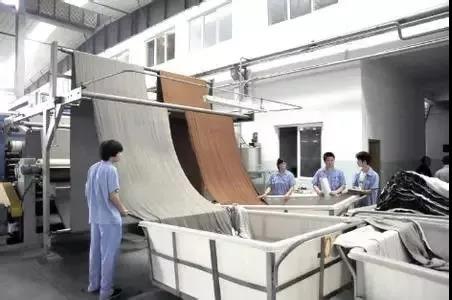
The progress of fabric finishing technology towards product functionalization, differentiation, high-grade, finishing process diversification, depth direction, and emphasize the improvement of product performance, increase the added value of the product. In recent years, the introduction of various new technologies (such as low-temperature plasma treatment, bioengineering, ultrasonic technology, electron beam radiation treatment, inkjet printing technology, microencapsulation technology, nanotechnology, etc.) from other technical fields to improve the finishing depth and obtain good finishing products. With human concern about environmental pollution and damage, more and more attention to health, advocate "low-carbon" economy, after finishing technology requires environmental protection "green" finishing, the production of "clean ", "low-carbon" fabric products.
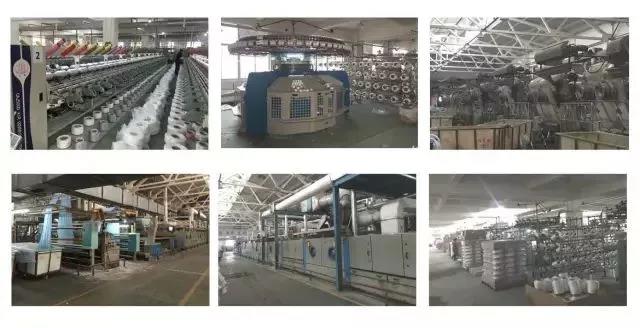
The basic finishing methods after the fabric are: stabilize the size, improve the appearance of the finishing method, improve the feel and optimize the performance of the finishing method, so that the fabric to obtain multi-functional, high value-added finishing method, so that the fabric advanced finishing method, to meet the very requirements of the finishing method.
Various finishing processes are as follows.
1
Pre-shrinkage
Pre-shrinkage is a physical method to reduce the shrinkage of the fabric after immersion to reduce the shrinkage process. Mechanical pre-shrinkage is the fabric first by spray steam or spray to wet, and then applied to the warp mechanical extrusion, so that the flexural wave height increases, and then by loose drying.
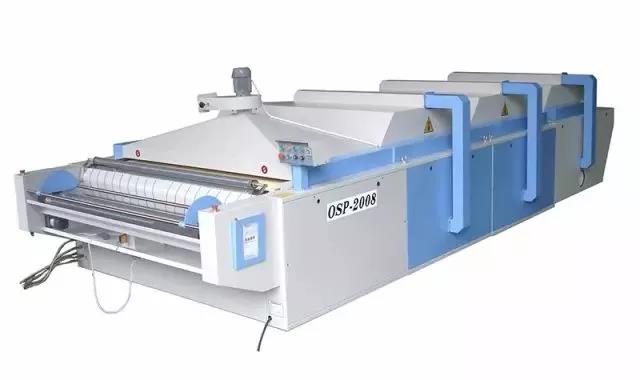
2
Stentering
Stretching is the use of cellulose, silk, wool and other fibers in moist conditions have plasticity, the effective width of the fabric gradually broadened to the required size for drying, so that the fabric form to stabilize the process, also known as fixed width finishing.
1611110727422061899.jpg
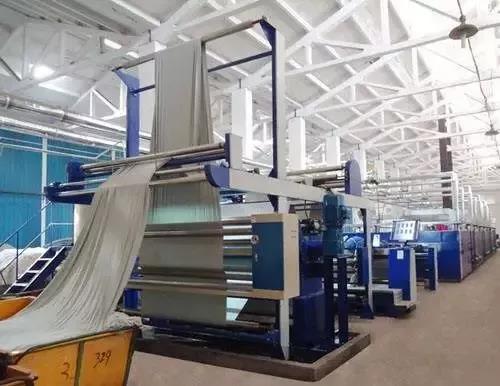
3
Sizing
Sizing refers to the fabric dipped in the slurry and drying to obtain a thick feel and stiff effect of the finishing process.

4
Heat setting
Heat setting is to make the thermoplastic fiber and blended chemical fiber fabrics or interlaced relatively stable form of the process, mainly used for heat and easy to shrink deformation of nylon or polyester and other synthetic fibers and their blended chemical fiber fabrics finishing. By heat-setting fabric, can improve the size stability, feel more stiff.
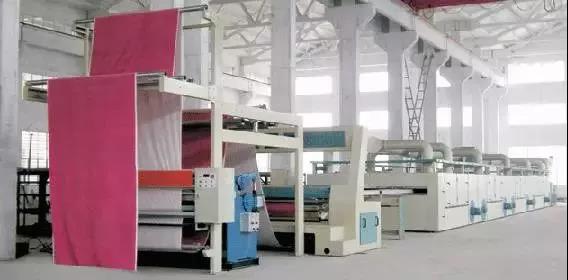
5
Whitening
Whitening is the process of using the principle of completing the complementary color to increase the whiteness of the fabric products, also known as white. Whitening methods are blue and fluorescent finish whitening two.
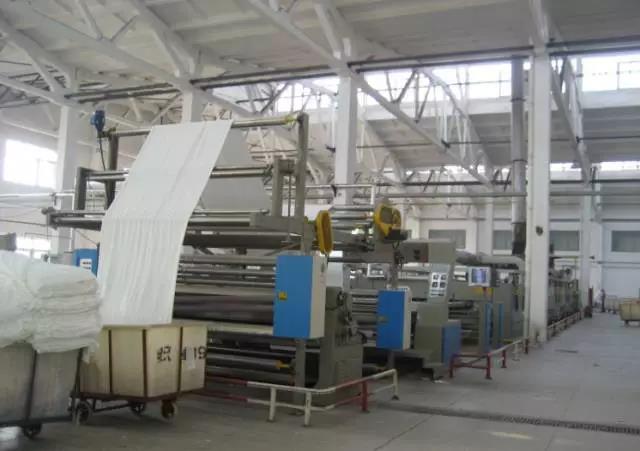
6
Rolling finish, electric finish and rolling pattern
Rolling is the use of fiber plasticity in wet heat conditions will be rolled flat or rolled out of the fabric surface parallel fine twill, in order to enhance the fabric finish process. Flat rolling finish is made up of hard rollers and soft rollers to form a hard rolling point, after the fabric is rolled and pressed, the spinning yarn is flattened, the surface is smooth, the finish is enhanced, and the feel is stiff. Soft roll finish is made up of two soft rolls to form a soft roll point, the fabric is rolled and pressed, the spun yarn is slightly flattened, the finish is soft and soft to the touch.
Electric finish is the use of electrically heated rollers to fabric rolling finish.
Rolling pattern is engraved with sun pattern steel rollers and soft rollers to form a rolling point, in hot rolling conditions, the fabric can be obtained to present the pattern of finish.
7
Abrasion, abrasion
The process of grinding a layer of short and dense pile on the surface of the fabric with abrasive roller (or belt) is called grinding pile, also known as abrasion, and the finishing of abrasion can make the warp and weft yarns produce pile at the same time, and the pile is short and dense.
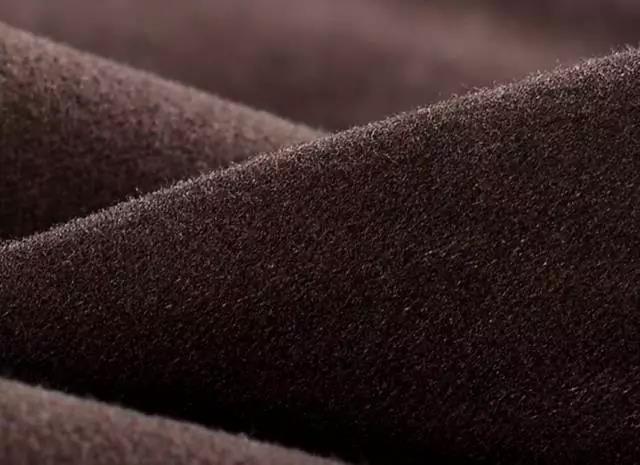
8
Pilling
Pile is a dense needle or thorn will be the fabric surface of the fiber pick up, forming a layer of pile process, also known as pulling after finishing, pile is mainly used for coarse woolen fabrics, acrylic fabrics and cotton fabrics. Pile layer can improve the warmth of the fabric, improve the appearance and make the hand feel soft.
9
Shearing
Shearing is the process of cutting off the unwanted fuzz on the surface of the fabric with a shearing machine. Its purpose is to make the fabric weave pattern clear, surface integrity, or make the pile, pile fabric pile or pile surface neat. General wool, velvet, artificial fur and carpets and other products need to cut hair.
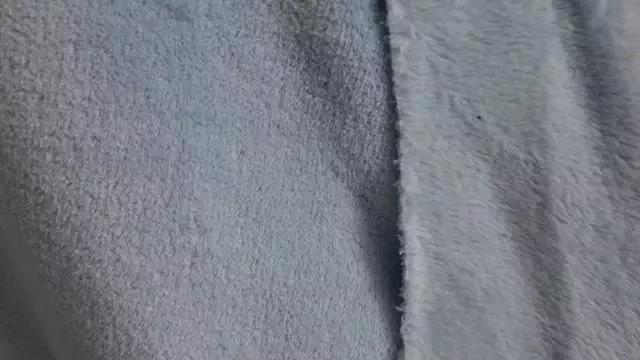
10
Soft
Soft finishing has a mechanical finishing and chemical finishing two methods, mechanical soft finishing is achieved by kneading the fabric for several times bending, after finishing soft effect is not ideal. Chemical soft finishing is applied to the fabric softener, reduce the friction coefficient between the fiber and spinning yarn, so as to obtain a soft, smooth feel, and the finishing effect is significant.
Contact: Jeanne yang(MISS)
Phone: 13912652341
E-mail: [email protected]
Add: Room A2216/A2217,Double-Star Building,No 567 New South Middle Road, KunShan City JiangSu Province ,China.